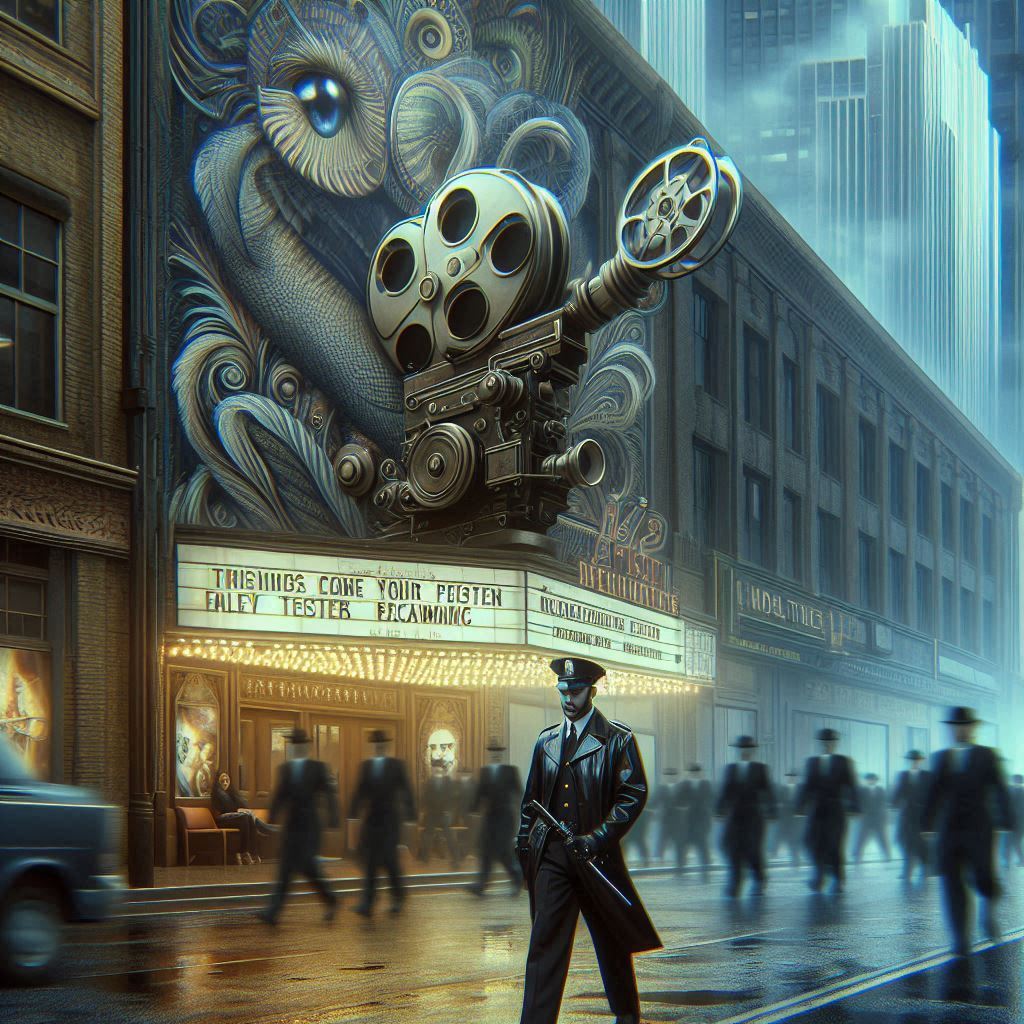Cinema has evolved dramatically over the years, with today’s films showcasing vibrant colors, immersive soundtracks, and cutting-edge special effects. Yet, some filmmakers are looking back to the silent film era for inspiration. These early films, created before the advent of synchronized sound, relied on visual storytelling, expressive performances, and music to captivate audiences. While many silent films have faded into obscurity, their influence is being rediscovered and celebrated in modern filmmaking, proving that the past still holds valuable lessons for the future.
1. Telling Stories Without Words
Silent films were masters of visual storytelling. Without dialogue, directors relied on actors’ facial expressions, body language, and carefully composed shots to convey emotions and advance the plot. Every frame was meticulously crafted to evoke a response from the audience.
- Modern Influence: Filmmakers today are adopting this approach, using visuals to create more impactful scenes and reduce reliance on dialogue. This technique allows audiences to connect with the story on a deeper, more emotional level.
2. The Power of Visual Artistry
Silent filmmakers were pioneers of visual creativity. They used lighting, shadows, and set design to add depth and meaning to their stories. A single frame could convey mystery, romance, or tension without a single word.
- Modern Application: Contemporary directors are revisiting these techniques, incorporating striking visuals and symbolic imagery to enhance their films. By focusing on the art of composition, they’re creating movies that are as visually stunning as they are emotionally resonant.
3. Music as a Storytelling Tool
In the absence of dialogue, music was the heartbeat of silent films. It set the tone, heightened emotions, and guided viewers through the narrative. From dramatic crescendos to soft, melancholic melodies, music played a pivotal role in shaping the audience’s experience.
- Modern Inspiration: Today’s filmmakers are exploring how music can elevate storytelling. By studying the use of soundtracks in silent films, composers and directors are finding innovative ways to use music as a central narrative element.
4. Rediscovering Lost Masterpieces
Many silent films were lost over time, but efforts to restore and preserve these works are bringing them back into the spotlight. These rediscovered films offer a treasure trove of inspiration for modern filmmakers, showcasing timeless techniques and creative storytelling.
- Why It Matters: Restoring these films not only honors cinema’s history but also provides a fresh perspective on how simplicity and innovation can coexist in filmmaking.
5. The Beauty of Simplicity
Silent films thrived on simplicity. Without the distractions of modern technology, they focused on the essentials: compelling stories, strong visuals, and emotional resonance. This stripped-down approach allowed their messages to shine through clearly and timelessly.
- Modern Relevance: Filmmakers are embracing this simplicity, proving that a well-told story and meaningful imagery can be just as powerful as high-tech effects.
6. Universal Appeal
One of the most remarkable aspects of silent films is their ability to transcend language barriers. Without spoken dialogue, their stories relied on universal emotions and themes, making them accessible to audiences worldwide.
- Global Connection: Inspired by this universality, modern filmmakers are creating movies that resonate with diverse audiences by focusing on emotions and visuals that speak to everyone.
7. Pushing Creative Boundaries
Silent filmmakers turned limitations into opportunities, experimenting with innovative techniques like unique camera angles, early special effects, and creative editing. Their willingness to take risks paved the way for modern cinematic innovation.
- Modern Lessons: By studying the bold choices of silent film directors, today’s filmmakers are finding new ways to push creative boundaries and think outside the box.
Why Silent Films Still Matter
Though silent films belong to a bygone era, their influence continues to shape modern cinema. From their mastery of visual storytelling to their innovative use of music and simplicity, these films offer valuable lessons for today’s filmmakers. By revisiting the techniques of the silent era, directors and composers are crafting stories that resonate across time and cultures, proving that the art of cinema is as timeless as the emotions it seeks to capture.





